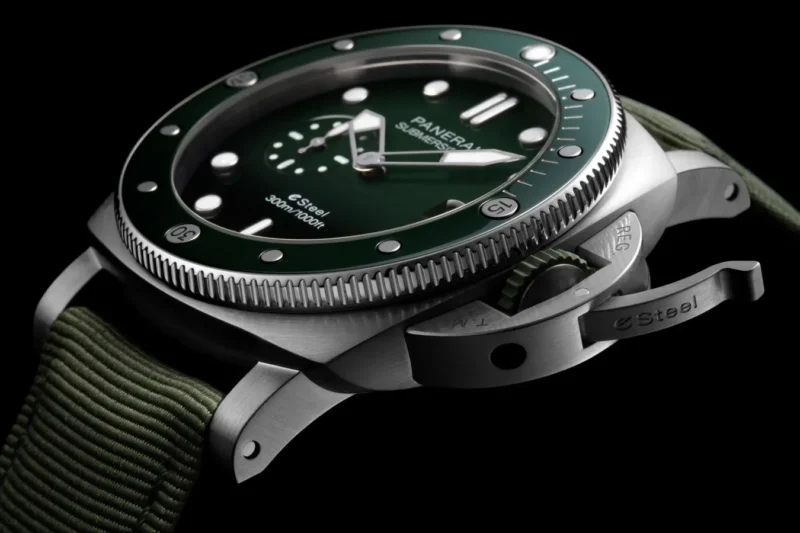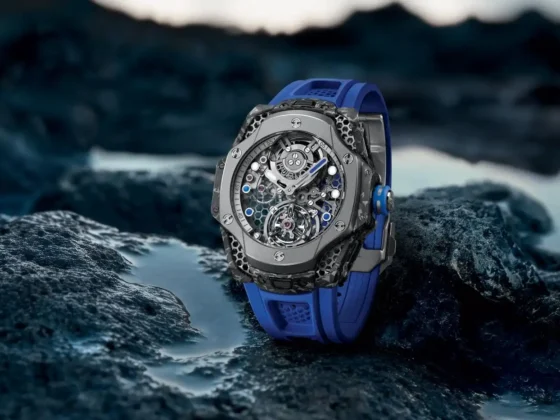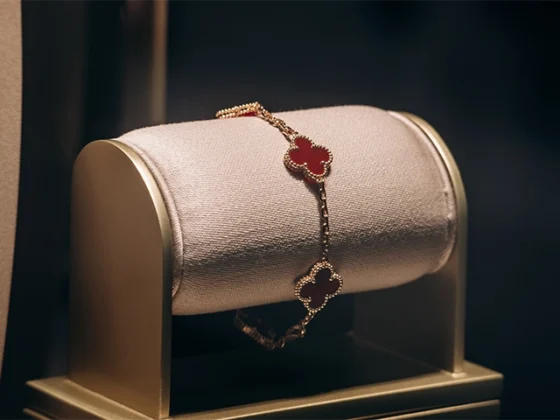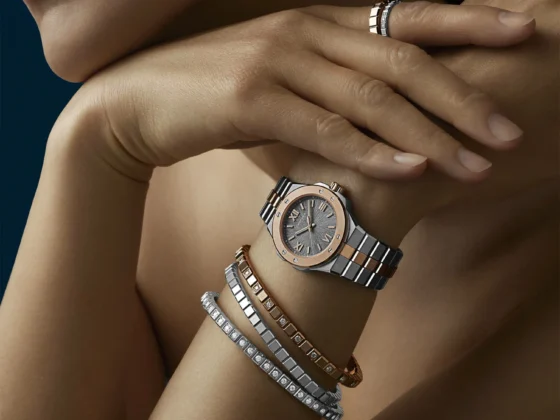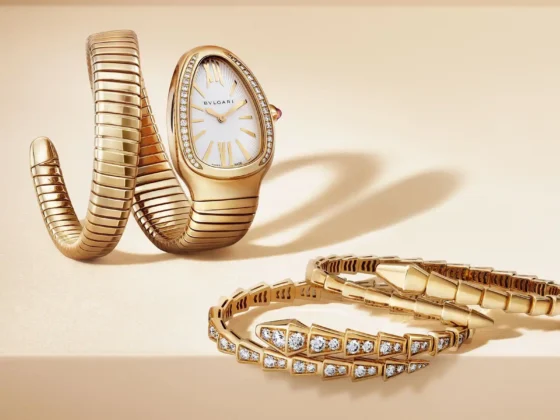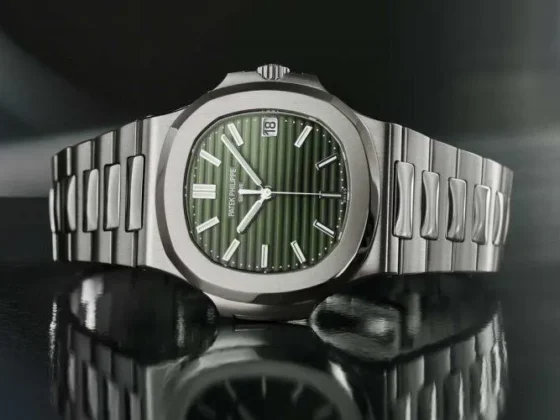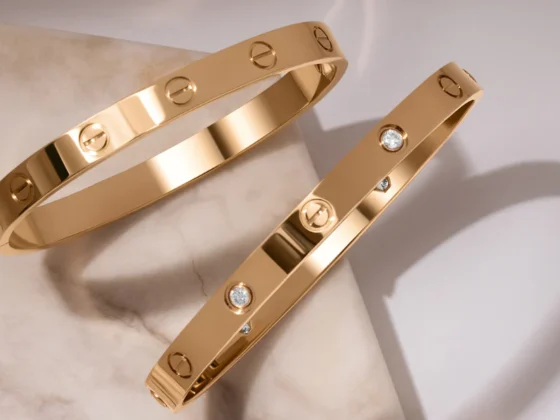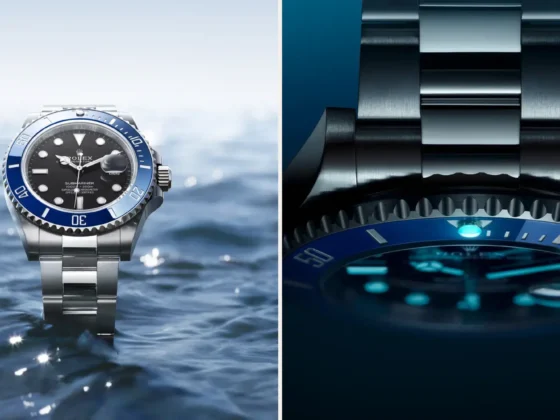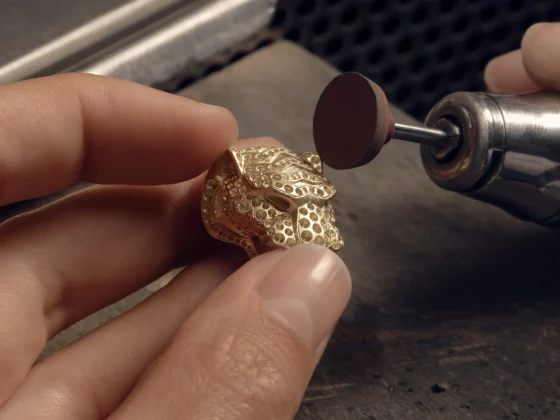As sustainability becomes an increasingly vital part of the luxury industry, leading watch and jewelry brands are turning to recycled materials to craft products that are both environmentally responsible and aesthetically captivating. This shift not only reflects the growing demand for eco-friendly luxury but also demonstrates that sustainable practices can coexist with the highest levels of craftsmanship and design.
This article explores how top luxury brands are incorporating recycled metals, plastics, and precious stones into their watches and jewelry, and the impact these innovations are having on the industry and the environment.
Why Recycled Materials Matter in Luxury
The luxury market has traditionally been associated with exclusivity, often relying on rare and newly mined resources. However, the environmental costs of mining precious metals and gems, along with the impact of industrial waste, have prompted a reconsideration of material sourcing. By using recycled materials, brands are addressing these concerns while maintaining their commitment to craftsmanship and quality.
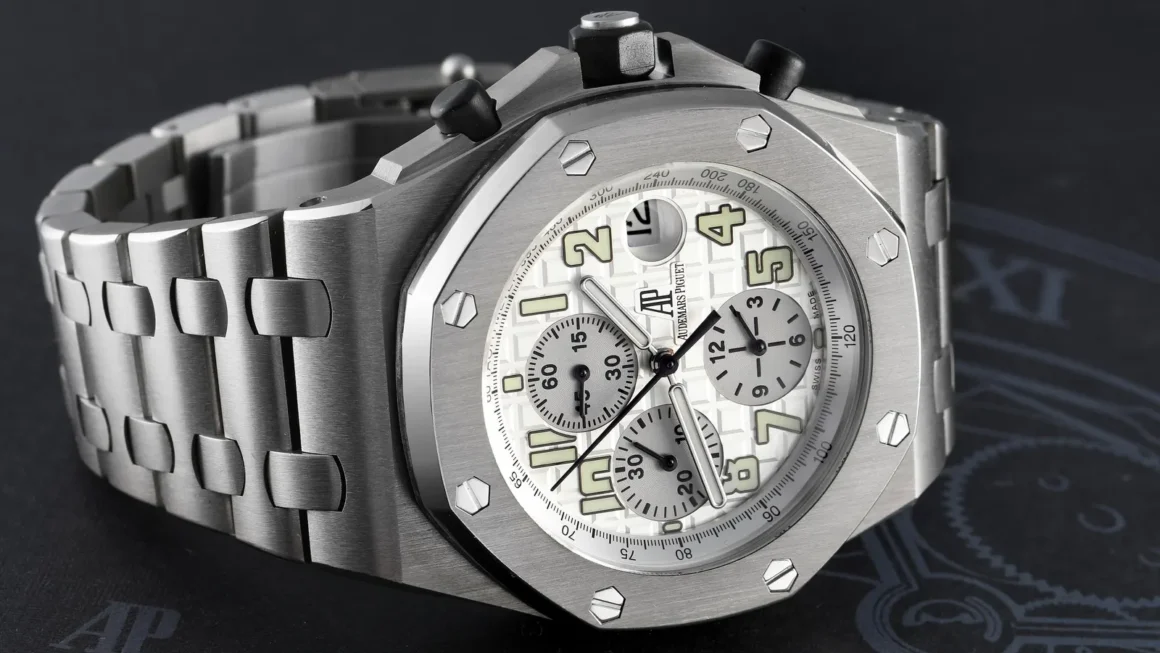
Environmental Impact
The environmental benefits of using recycled materials are significant. For instance:
- Recycled gold reduces the need for mining, which is often associated with deforestation, water pollution, and human rights abuses.
- Recycled plastics, such as ocean waste, help combat the global plastics crisis, preventing these materials from further harming marine ecosystems.
- Recycled gemstones and diamonds eliminate the ethical concerns linked to conflict minerals and the negative social impacts of traditional mining practices.
Incorporating recycled materials into luxury products offers a pathway toward reducing the industry’s carbon footprint while preserving the elegance and allure that consumers expect from high-end brands.
Luxury Watches Embracing Recycled Materials
Leading watch brands are increasingly incorporating recycled metals and sustainable materials into their designs. These innovations not only reduce the environmental impact of manufacturing but also demonstrate that sustainability can enhance a product’s story and desirability.
Omega, a pioneer in sustainable practices, has integrated recycled ocean plastics into the straps of some of its watches. These materials are sourced from abandoned fishing nets and plastic waste recovered from the ocean, creating an eco-friendly solution without sacrificing luxury aesthetics.
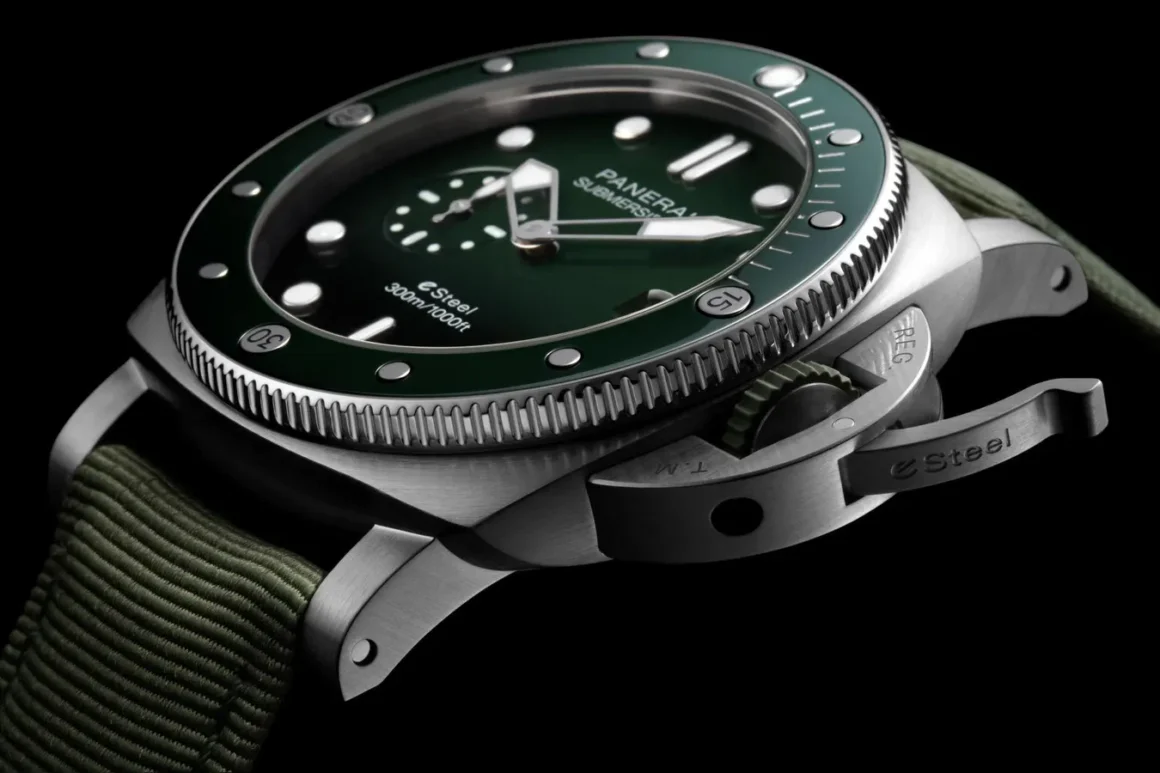
Similarly, Chopard, known for its commitment to ethical luxury, has adopted recycled gold in many of its collections. By sourcing gold through the Fairmined certification process, Chopard ensures that its materials are not only sustainable but also ethically produced. This gold is used across a variety of its iconic timepieces, providing consumers with the peace of mind that their luxury purchase contributes to responsible practices.
IWC Schaffhausen has also made strides in this area, using recycled steel in some of its watch cases. This not only reduces the environmental burden of mining but also maintains the high standards of durability and refinement that the brand is known for.
Sustainable Jewelry and Recycled Precious Metals
In the jewelry sector, recycled gold and recycled silver are becoming more prevalent as consumers become increasingly aware of the environmental and ethical implications of their purchases.
Tiffany & Co., for example, has committed to sourcing 100% of its metals from recycled sources or through suppliers that meet Responsible Mining standards. This initiative significantly reduces the environmental impact of its iconic designs while continuing to uphold the craftsmanship and prestige associated with the brand.
Another standout in sustainable luxury is Bulgari, which has introduced collections using recycled gold and other materials to reduce waste. These pieces demonstrate that luxury need not come at the expense of the planet, offering consumers the opportunity to wear stunning jewelry that aligns with their values.
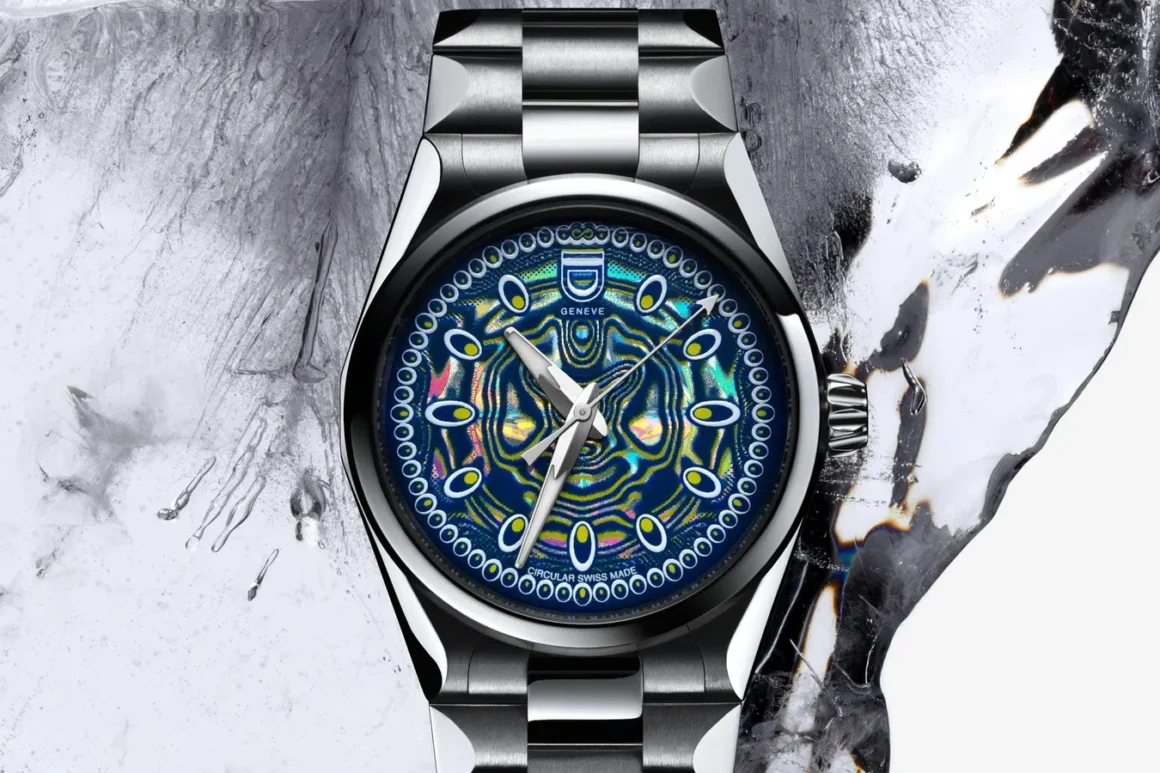
Recycled Gemstones and Diamonds: A New Era of Ethical Luxury
The use of recycled gemstones is an emerging trend in the luxury industry, offering an eco-friendly alternative to newly mined stones. Restivo Diamonds, for instance, has made a name for itself by offering GIA-certified recycled diamonds, which are diamonds repurposed from older jewelry pieces.
These stones are just as flawless as their newly mined counterparts, but they come with a significantly reduced environmental impact. This trend is especially appealing to eco-conscious consumers who want to minimize their footprint without compromising on the quality or beauty of their jewelry.
Moreover, the use of recycled diamonds helps combat the ethical concerns surrounding the mining industry, particularly in regions affected by conflict and human rights abuses. By choosing recycled gems, consumers can ensure that their purchases contribute to a more sustainable and humane supply chain.
The Craftsmanship Behind Recycled Luxury
One of the common misconceptions about using recycled materials in luxury goods is that it may compromise the product’s quality or craftsmanship. However, luxury brands have proven that this is far from the case. Recycled gold, recycled steel, and even recycled plastics can be processed to meet the same high standards as new materials, ensuring that every piece remains a work of art.
In fact, the process of crafting recycled materials often requires additional expertise and attention to detail, as these materials can be more challenging to work with than newly sourced ones. This makes each piece not only a testament to sustainability but also to the innovative craftsmanship that defines the luxury industry.
The Consumer Shift Toward Sustainable Luxury
A growing number of consumers, particularly Millennials and Gen Z, are seeking out brands that align with their values of sustainability and ethical responsibility. This shift has prompted luxury brands to rethink their sourcing and production processes, resulting in more environmentally conscious designs that do not compromise on elegance or exclusivity.
Consumers are increasingly willing to pay a premium for products that are sustainably produced. As a result, luxury brands are positioning their use of recycled materials as a unique selling point, appealing to eco-conscious buyers who want to invest in pieces that reflect their commitment to the planet.
Conclusion
The rise of recycled materials in the luxury industry marks a pivotal moment for both environmental responsibility and innovative design. From Omega’s ocean plastic straps to Tiffany & Co.’s recycled metals, the shift toward sustainability is not only helping to reduce the industry’s environmental impact but also enhancing the stories behind each luxury piece.
As the demand for eco-friendly luxury continues to grow, consumers can expect to see even more innovative uses of recycled materials, proving that sustainability and craftsmanship can go hand in hand. For those seeking to make a difference with their luxury purchases, the increasing availability of recycled watches and jewelry offers a path toward conscious consumption without sacrificing style or prestige.


